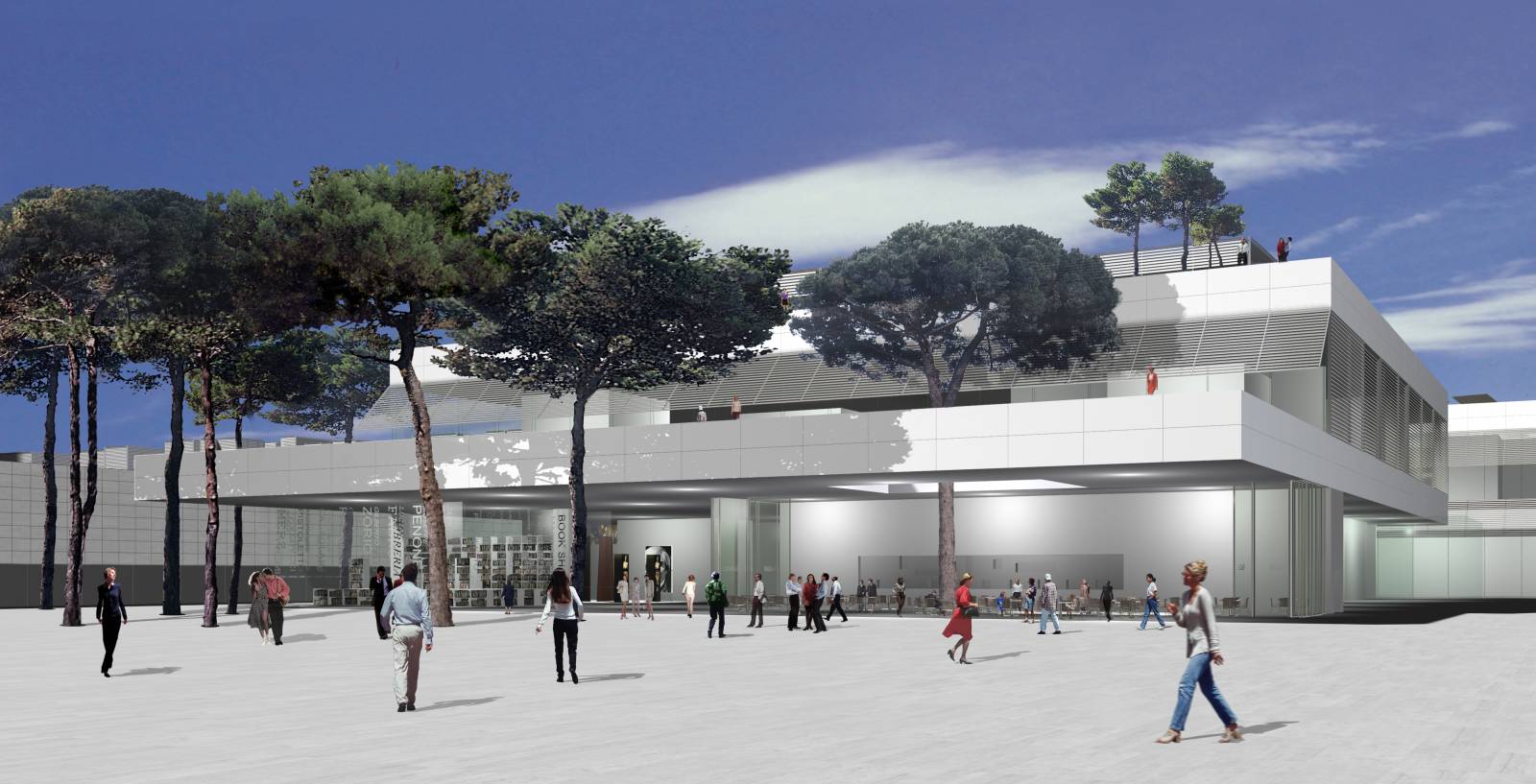MAXXI – National centre for the contemporary art and architecture
- Rome, Italy
Just a Roman architecture for today
In architecture I only believe in specific things that relate to a history and a situation. In Rome as elsewhere. But Rome has too much history, too many situations. So, I think we have to get away from architecture that is merely an accompaniment, the kind architects beg pardon for building when they don’t feel indispensable.
In this place so rich in leads it would be better to do without creative incongruity, the kind that makes people say, with a non-committal smile: ‘how original!’
Something that exists in Rome in a calm, natural and healthy way. That is what I want to propose.
If the site is well located in the city, at present it is very ordinary. My analysis leads me to reject the possibility of housing the Centre for Contemporary Art of Rome in the existing industrial premises. They just aren’t strong enough for it.
Now I know reconversion is all the rage and that it’s often pertinent.
But compared to the current precedents – the big English and American projects – on similar lines Rome would look like a poor relation. At the same time the weight of history has often inhibited 20th century Roman architects. But here – no! – these old stones don’t make the weight. The Centre for Contemporary Art deserves far more than a few rehabilitated sheds.
I propose keeping building B alone as an anchor to the site, since its twin is at present the neighbouring building. Together these two buildings mark out the site and allow an objective implantation of the main entrance on the via Guido Reni.
The form and the scale of the site are real advantages.
270 meters on the via Masaccio! Plus, the possibility of using a large open space between the via Pinturicchio and the via L. Poletti. The largest dimension of a site should always be used to the utmost. It sets the scale of the living space. Rather than integration, what we have to find and reveal here are the poetics of a situation.
Bachelard said that poetry is instantaneous metaphysics. So is architecture. In Rome I see poetry in the white stone of piazzas and terraces: terraces bathed in sun and shadow, the shade of parasol pines, canvas awnings, potted shrubs. Rome is a superposition of public and private places.
So, I see the largest dimension of our site as a terrace. A terrace for living: with studios, small houses, restaurants, bars…
I see this Roman paving, this support of white stones under the shade of parasol pines or palm trees, shrubs and canvas.
I see the museum as a superposition of places, of covered and open terraces.
On these terraces and piazzas, I imagine positioning small constructions, furniture, greenery. Life getting organized. That is the essence of any city. A little city in a big one. From these terraces I see the sky, the horizon, the Mario and Villa Glori hills… Walls of aluminum and thin, slightly translucent marble delimit territory.
Maximum ambiguity governs the transition between exterior and interior. Glazing is almost invisible. Ultra-clear glass. The plates screened by sun-breakers with thin white marble blades. The mechanisms are white too, in pre-weathered aluminum.
From the street, at ground level I see a succession of volumes set on the white stone floor. On the upper floor I deduce a similar system, but with a different geometry, more complex. And I see small houses set on the terrace roof too. They are in aluminum and they gleam in the sun.
It is the relationship between this random implantation and a clear geometric support that creates the feeling of interior-exterior.
The ground level entrance on the via Guido Reni is under a large awning. Everything is open, and underneath, in the shade, are small free-standing constructions – cafés, bookshops, boutiques, ticket offices and so on… laid out around a covered passage that leads to the via Masaccio. From the Viale Pinturicchio a huge piazza paved with white stone hosts open-air sculpture and different animations. At the far end it is bordered by a wall of translucent marble and the terraces of the museum. On the via Guido Reni and on the open place, two large plaques stand over 20 meters high, their faces signaling and serving as a support for programming events. The museum itself is an urban analogy. The three sectors have different geometries. They will be worked out in detail with the curators to determine three types of spaces, in relation to the mode of classification and presentation chosen. The whole is designed to create a profusion of walls, closed and open rooms, varied spaces, contrasts and follow-ons. Up above, the terraces are laid out around the museum’s light wells – they typify urban living in Rome.
It’s just a Roman architecture for today.
Jean Nouvel

